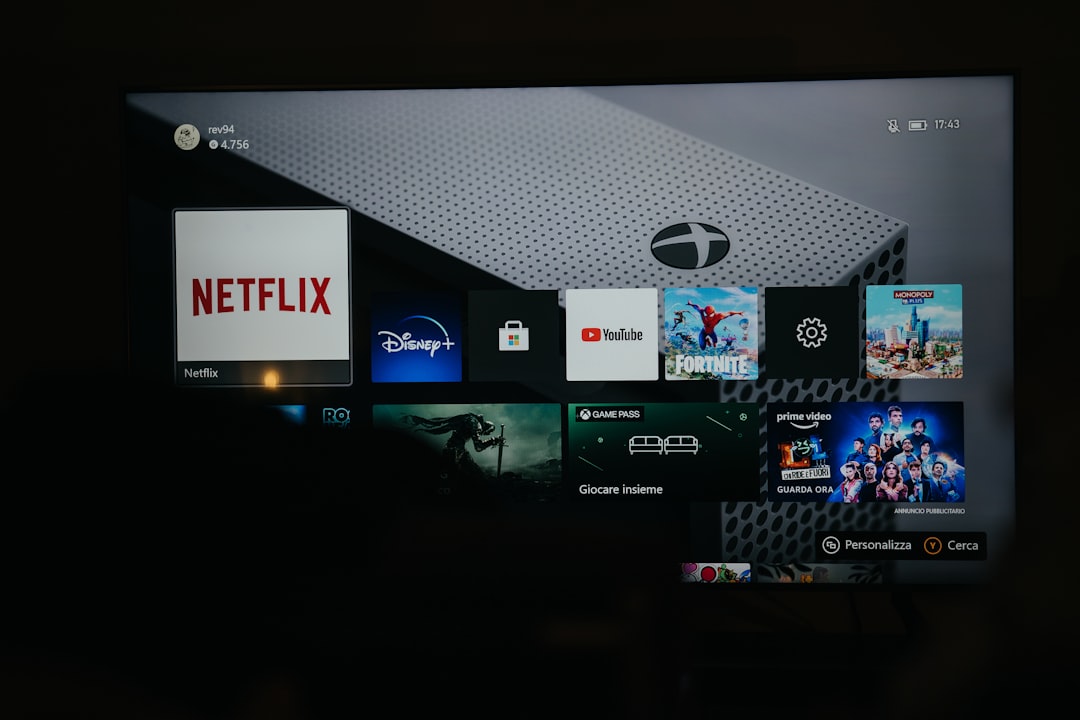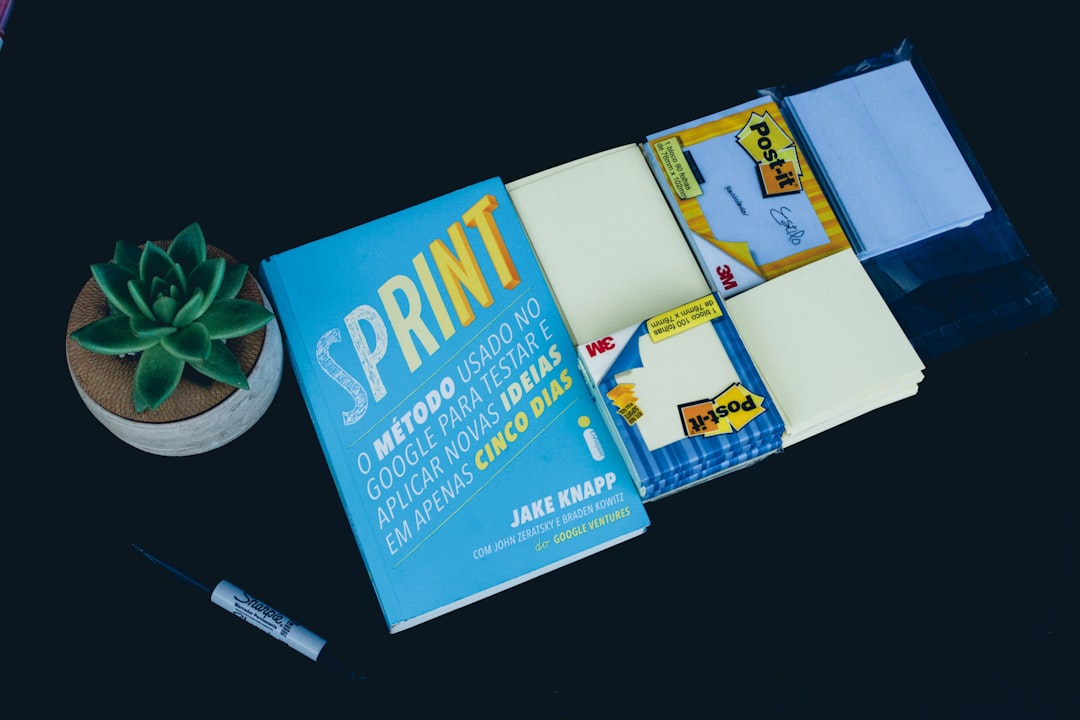For any business, consistency across all customer-facing materials is key to building a memorable brand. Invoices, menus, and receipts are some of the most commonly exchanged business documents, yet they are often overlooked as branding tools. Integrating a logo into these materials not only reinforces brand identity but also helps foster trust, professionalism, and recognition.
TLDR: Brand consistency matters on every document your customer sees. Adding your logo to invoices, menus, and receipts can boost recognition, build trust, and reinforce professionalism. It’s crucial to place the logo prominently without interfering with the document’s readability. Use high-resolution designs and maintain visual harmony for the best results.
Why a Logo Matters on Everyday Business Documents
Your business logo represents your brand’s identity. Whether it’s printed on a menu, an invoice, or a receipt, it serves as a visual anchor for your customer’s experience. A well-placed logo on these documents ensures that each interaction subtly communicates reliability and professionalism.
Consistent branding helps:
- Enhance brand recognition: Repetition of your logo helps customers remember your business.
- Build trust over time: A professional appearance implies credibility and stability.
- Unify your customer experience: Consistency across materials creates a seamless brand interaction.
How to Use a Logo on Invoices
Invoices are more than just a record of payment; they are communication tools that reflect a business’s identity and professionalism. Your logo should appear in a prominent yet non-obstructive place on the invoice.
Where to Place the Logo
- Top-left corner: This is the most common and accepted placement for a company logo as it’s the first place a reader naturally looks.
- Top-right corner: This placement can work if the left side is reserved for client or invoice details.
Make sure the logo doesn’t clash with vital information like totals or billing addresses. It should complement the layout rather than distract from it.
Formatting Considerations
- File type: Use high-resolution PNG or SVG files to prevent pixelation when printing.
- Color choice: If the invoice is black-and-white for printing purposes, use a black or grayscale version of your logo.
- Spacing: Leave enough white space around the logo to give it prominence and breathability.

How to Use a Logo on Menus
Menus in cafes, restaurants, and bars are often the first impression a customer gets of the brand’s aesthetic. A properly designed menu with a prominently placed logo communicates quality and attention to detail.
Best Practices for Logo Placement on Menus
- Front page/header: Place your logo at the top of the menu or on the front cover. This placement instantly communicates branding before the customer reads a word.
- Corners or background watermark: Subtle placement in a corner or as a background watermark can also enhance branding without overwhelming the menu’s content.
Consistency in alignment, color scheme, and typography with other marketing materials is crucial to creating a cohesive brand image.
Printable and Digital Menus
Whether your menu is a printed booklet or a digital PDF, the same branding rules apply. In a digital environment, you can also link the logo back to your website or social media profiles.

How to Use a Logo on Receipts
Receipts may seem like purely functional items, but they offer a final touchpoint to leave a lasting brand impression. They are handed out in physical or digital form after a transaction is complete—and that last impression matters just as much as the first.
Where to Position the Logo
- Top of the receipt: Just like invoices, the logo should be placed at the top for immediate visibility.
- Center-aligned: Helpful for compact receipt sizes, especially in point-of-sale systems.
If you’re using thermal printers or basic POS systems, make sure the logo file is optimized for monochrome printing, and use lighter file sizes for faster processing and lower ink usage.
Why Even Include a Logo on a Receipt?
- Encourages repeat visits: Customers are more likely to remember and return to a business whose branding was visible throughout the transaction.
- Boosts brand legitimacy: Even small businesses appear more established with branded receipts.
- Marketing value: Add loyalty codes, promotions, or social media handles below the logo to use the receipt as a mini-advertisement.
Tips for Maintaining Visual Consistency
To ensure your logo is used effectively across invoices, menus, and receipts, consistency is key. Here are some tips to keep your branding unified:
- Create brand guidelines: Define logo dimensions, placement, colors, and minimum sizes for use on various documents.
- Use templates: Design templates for each document type that already incorporates the logo in the correct position and resolution.
- Test before printing: Always preview how the logo looks on the final material to ensure it doesn’t interfere with text readability or formatting.

Common Mistakes to Avoid
Even with the best intentions, sometimes logos are used ineffectively. Here are a few things to avoid:
- Low-resolution images: Pixelated or blurry logos look unprofessional.
- Too large or intrusive: An overpowering logo can distract from the purpose of the document.
- Inconsistent placement: Always placing the logo in a different spot creates confusion and weakens brand identity.
- Wrong color choices: Ensure your logo contrasts well with background and text for optimal legibility.
Conclusion
Leveraging your logo on invoices, menus, and receipts is not just about aesthetics—it’s about creating a consistent, recognizable brand that your customers can trust. From reinforcing professionalism on invoices to enhancing the dining experience on menus and leaving a lasting impression with every receipt, strategic logo placement plays a key role in modern branding.
Start with clean design, respect layout boundaries, and maintain visual harmony, and your document branding will speak volumes about the quality of your business.
FAQ: Using a Logo on Invoices, Menus, and Receipts
-
Q: What format should my logo be in for business documents?
A: Use high-resolution formats like PNG or SVG for clarity. For black-and-white printing, you’ll want a monochrome or grayscale version ready. -
Q: Can I use the same logo size on all materials?
A: Not necessarily. Adapt your logo’s size to the document type; menus can support larger logos, while receipts may need smaller, more subtle logos. -
Q: Where should I place my logo on digital invoices?
A: Typically, the top-left corner is most effective, but top-right also works if your layout demands it. Just make sure it does not obstruct important details. -
Q: Is it worth adding a logo to receipts from a small business?
A: Absolutely. Even for small enterprises, a logo adds perceived professionalism and can boost customer recall and return rates. -
Q: Should my logo on the menu match the color scheme of the food images?
A: Ideally, yes. Your branding, including the logo, should feel visually cohesive with all design elements on the menu to create a unified experience.


